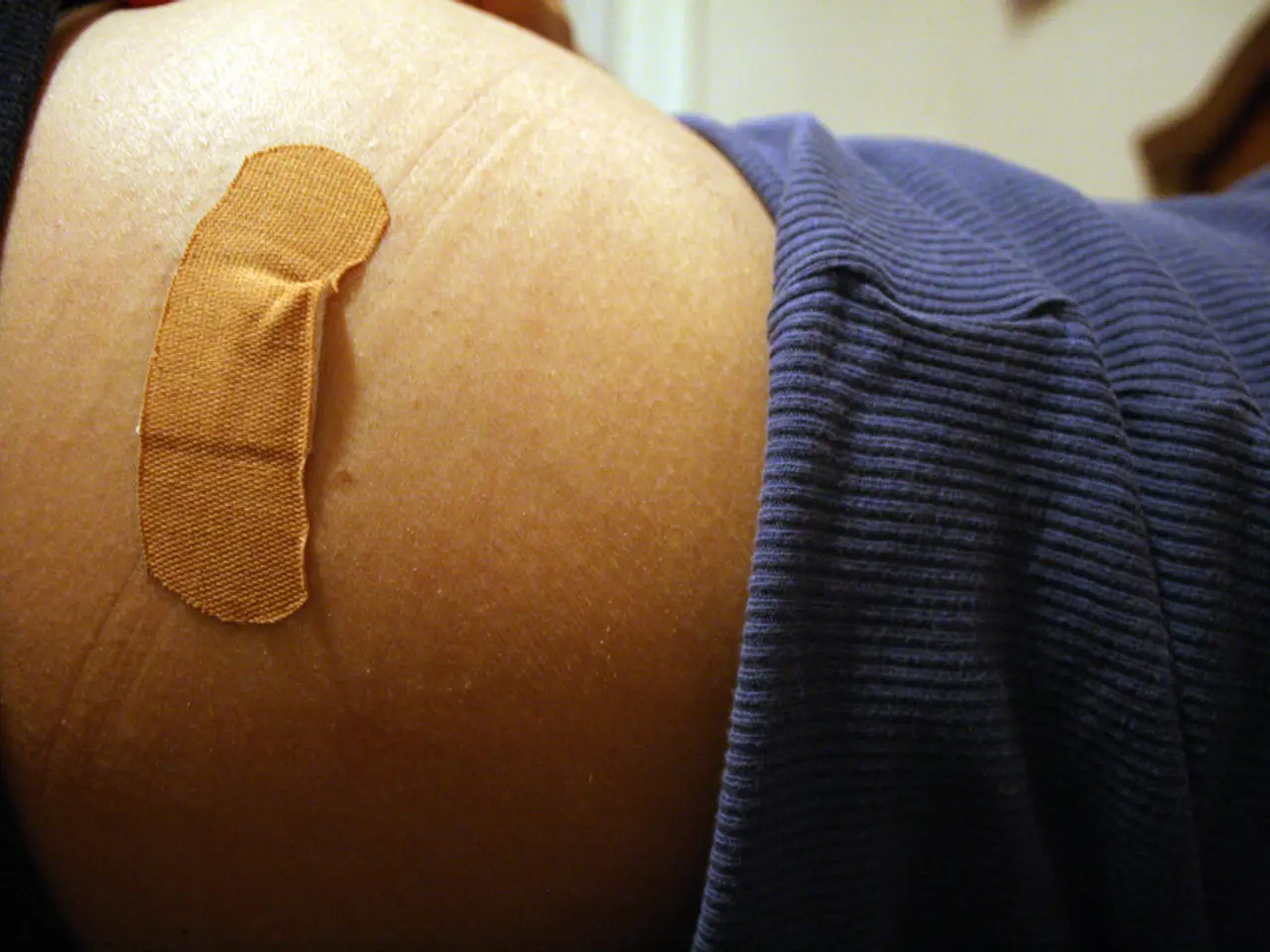Guide for Removing Pus from an Ingrown Toenail: Simplified Process
Ingrown toenails can be a painful and uncomfortable nuisance, but with the right care, you can manage them at home. Here's a simple guide to help you treat early-stage ingrown toenails effectively and safely.
Firstly, it's crucial to maintain good foot hygiene. Keep your feet clean and dry to prevent fungus and bacteria growth. Make sure your shoes fit properly and don't squeeze your toes. Avoid wearing tight or narrow-toed shoes.
If you notice an early sign of an ingrown toenail, regularly check for any redness, swelling, or pain around the toenail. To soak an ingrown toenail, you'll need a basin or container, warm water, and soap. Fill the basin with warm water, but not scalding hot, add a squirt of soap, and soak your foot in it for 15-20 minutes, twice a day. This softens the skin and nail, eases pain and inflammation, and helps the pus to drain naturally.
Gently pull the skin away from the ingrown toenail using a blunt nail file or an emery board. If the edge of the nail can be gently lifted, placing a small wad of cotton underneath can lift the nail off the skin, promoting healing and drainage.
After soaking, apply an over-the-counter antibiotic ointment like Neosporin to the affected area. You can repeat this process multiple times a day until the infection subsides. However, it's essential to keep the area clean and covered with a bandage, changing it daily to keep the area protected and clean.
Resist the urge to poke and prod at your ingrown toenail, and avoid using anything sharp that could cut your toe. It's also important to remember not to squeeze the infected area to try to release pus, as this could worsen the infection.
If the ingrown toenail is causing severe pain, is infected, or keeps coming back, it's best to consult a healthcare professional. A podiatrist can safely drain the pus, remove infected nail portions if needed, and prescribe oral antibiotics if necessary.
Lastly, trim your toenails straight across to reduce the chances of ingrown toenails. By following these simple steps, you can effectively manage early-stage ingrown toenails at home.







